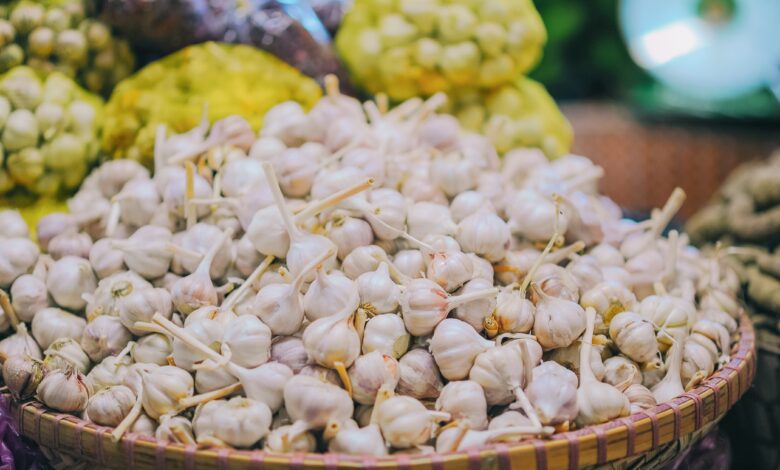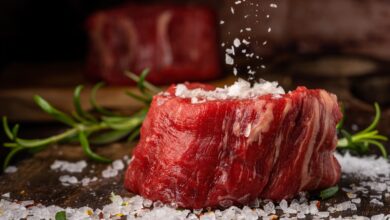
How to choose the right garlic?
Garlic is a perennial vegetable plant with a powerful smelling and flavorful bulb. This characteristic taste has earned it the status of one of the major condiments of French cuisine. The head of garlic is made up of several cloves that are very popular in the kitchen. There are several varieties of garlic, the most common being white garlic and purple garlic.
garlic id card
- Family: Amaryllidaceae;
- Origin: Central Asia;
- Season: available all year round;
- Color: white to red;
- Flavor: powerful.
Soft stem garlic or hard stem garlic?
Garlic commonly sold in America belongs to the subspecies Allium sativum var. sativum, which is botanically characterized by the absence of a flower stalk (hence its name “soft-stemmed garlic”) and numerous small cloves.
From a culinary point of view, the subspecies Allium sativum var. ophioscorodon, which has a flower stalk (hence its name “hard-stalked garlic” or even “stick garlic”) and fewer and relatively larger pods, is clearly superior. It is believed that this subspecies is the older of the two and has retained some of the characteristics of wild garlic, including its flavor and, unfortunately, its short shelf life. Preserved over the centuries thanks to the care of knowledgeable amateurs, stick garlic is now offered through networks of artisan producers as well as by a few specialized shops. In Europe, where it is better known, it is not uncommon for it to be considered a local product. This is the case with pink garlic from Lautrec which, in France,
Rocambole garlic
This hard-stemmed type is particularly tasty, but not always easy to find.
The false garlic
What is called in Quebec “elephant garlic” and, in France, “Ail d’Orient” is not garlic, but a kind of leek that is generally prepared in the same way, although it has neither the strong flavor nor the virtues of garlic.
Storing garlic
Depending on the variety, fresh garlic can be kept for three to nine months. Keep it dry at room temperature, as cold and humidity trigger the germination process.




